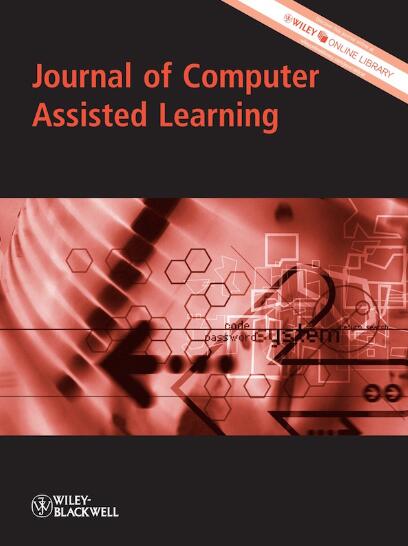A learning analytics dashboard to support students' reflection on collaboration
Abstract
Background
Dashboards play a prominent role in learning analytics (LA) research. In collaboration activities, dashboards can show traces of team participation. They are often evaluated based on students' perceived satisfaction and engagement with the dashboard. However, there is a notable methodological gap in understanding how these dashboards support the nuanced process of student reflection.
Objective
This paper presents empirical evidence on how students from high and low-performing groups reflect individually on their performance while using a Learning Analytics Dashboard (LAD).
Methods
We address this in the context of education in healthcare, wherein we captured actions and positioning data from a simulation-based collaborative activity and generated a collaborative LAD. A total of 41 nursing students were invited to participate in a post-hoc semi-structured individual interview to use a collaborative LAD while answering a set of prompts to reflect on their individual and group performance. Students' reflections were coded and analysed using Bain's 5R reflection framework. We used epistemic network analysis to capture the dynamic reflection process and to understand the connections between the reflection stages (from low to high). We compared how different these connections were for students in high and low-performing groups.
Results and Conclusions
Our results revealed that most students were only able to achieve low and middle stages of reflection. Yet, students in low-performing groups predominantly followed low-to-middle stages of reflection. In contrast, students from high-performing groups demonstrated the ability to transition between low-to-middle and low-to-high stages of reflection. Based on these findings, we discuss implications for both research and practice, particularly emphasising the necessity to scaffold reflection when using LADs.

 求助内容:
求助内容: 应助结果提醒方式:
应助结果提醒方式:


